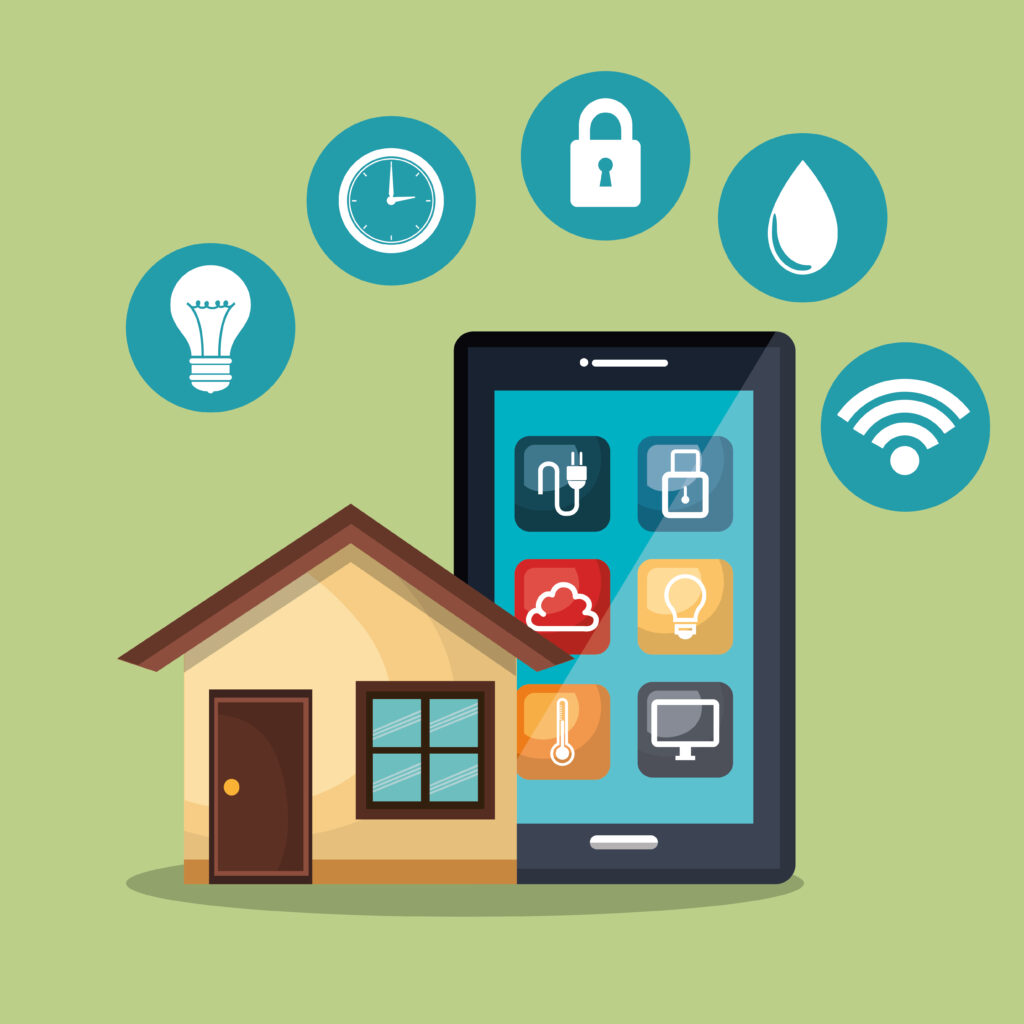In today’s fast-paced world, people want things done quickly — especially when it comes to home services. Whether it’s plumbing, cleaning, electrical work, or appliance repair, the demand for instant booking and reliable help continues to grow. Businesses are tapping into this trend by building on-demand home services apps that connect service providers with customers in just a few clicks.
If you’re thinking about building one, or want to know how it works and what features you’ll need, this blog will guide you through every key aspect.
Why Are On-Demand Home Service Apps in High Demand?
Homeowners and renters alike want fast and reliable solutions. That’s where on demand home services app development comes in. These apps eliminate the hassle of searching for a trustworthy professional. No more long waiting hours, confusing price quotes, or unclear timelines. A few taps on a smartphone can bring the right professional to your doorstep.
Companies like TaskRabbit, Handy, and UrbanClap have already proven this model works. People value convenience, and businesses that solve real problems attract users quickly. That’s why building a solid app in this space offers strong business potential.
Key Features That Make the App Useful
Your app should be built with the user in mind. Whether it’s a customer or service provider, both sides need tools that make things easy and efficient.
1. User Registration and Profile Management
Allow users to register using email, phone number, or social logins. Once inside, they should be able to view and edit their profile, track service history, manage payments, and more.
2. Service Listings with Filters
Let users choose from a range of services: plumbing, pest control, home cleaning, appliance repair, and more. Add filters to sort by price, rating, availability, or location. This helps users find what they need quickly.
3. Real-Time Booking and Scheduling
Instant booking is a must. Offer flexible scheduling so users can choose a time slot that fits their routine. This flexibility gives your app an edge.
4. GPS Tracking and Map Integration
Add location-based features for both users and service providers. GPS helps assign nearby professionals, while customers can track where their service provider is and how long it’ll take for them to arrive.
5. In-App Chat and Call Options
Let users communicate with service providers directly. This reduces confusion and builds trust. A built-in messaging system keeps things professional and secure.
6. Ratings and Reviews
After a service, prompt users to leave feedback. High ratings build credibility. For providers, this feedback can highlight top performers and address concerns.
7. Secure Payment Integration
Multiple payment options (credit/debit cards, wallets, UPI) are necessary. Security features such as OTP confirmation, receipts, and refunds also build trust.
8. Admin Dashboard
You’ll need a strong backend to monitor activities, manage users, assign service providers, track earnings, and manage issues in real time.
Continue Reading: On Demand Home Services Apps — The Upcoming Big Trend
Steps to Build a Home Services App
Creating an app like this requires smart planning and the right team. Below are the core steps involved.
1. Define the Service Categories
Decide which services your app will offer. Start with a few high-demand options like house cleaning or plumbing. You can add more later as the user base grows.
2. Choose a Business Model
Your app could follow one of several models:
- Aggregator model: Service providers join your platform and set their prices.
- Full-stack model: You manage the workforce and pricing.
- Lead generation model: You send user requests to providers and charge a fee.
Pick one based on how hands-on you want to be.
3. Hire the Right Development Team
Work with a mobile app development company that has experience with service-based apps. Ask for past projects and customer feedback.
They should offer:
- UI/UX design
- Native or cross-platform development
- Backend and API development
- Quality testing
- Post-launch support
4. Build an MVP First
Launch a minimum viable product (MVP) to test your idea. Include the must-have features, collect user feedback, and make improvements in phases.
This approach saves money and helps avoid mistakes early on.
5. Focus on Mobile First
Since most users book services from their phones, your app should load fast, offer a simple interface, and be compatible with both Android and iOS.
Monetization Ideas for the App
Your app can make money in more ways than one:
- Commission per booking: Take a small percentage from every completed service.
- Subscription plans: Offer premium plans to service providers for better visibility.
- Advertisement slots: Allow local businesses to advertise.
- Surge pricing: Charge extra during peak hours or on short notice.
Each model can be tested as your app scales.
Final Thoughts
Building an on-demand home services app isn’t just about launching something trendy. It’s about solving daily problems in a smart, efficient way. If you build it right—with useful features, clean design, and a smooth experience—it will stand out in a growing market.
Customers want easy access to trusted services. Service providers want a platform to find more work. Your app can be the bridge between them.


